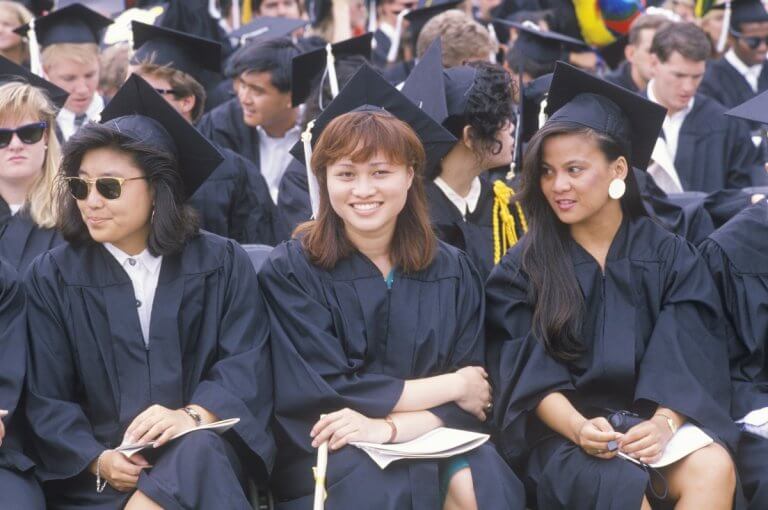
Despite what history across the globe has told us, women now outnumber men at universities – and it is a trend which is accelerating year upon year in the majority of countries.
According to The Independent, recent data from the UK’s higher education admissions service UCAS revealed young women are 36 percent more likely to apply to university than their male peers – a record high number.
Scotland’s universities are increasingly dominated by female students and the gap is wider than in any other part of the UK: @DSandersonTimes reports https://t.co/CRuRuXxRyS
— TimesEditorScotland (@magnusllewellin) March 5, 2018
And it’s not just the UK; countries all over the world are seeing an increase in female applications. Panama, Sri Lanka, Argentina, Cuba, Jamaica and Brunei – to name a few – have some of the highest female to male ratios in higher education.
In Malaysia, more than 64 percent of university enrollments are female – a number which has increased consistently for years.
#Women power. At Panjab University, Chandigarh, women bagged 224 out of the 324 doctorates awardedhttps://t.co/KIkd9W8wA6
— AsiaSamachar (@AsiaSamachar) March 5, 2018
In the US, it is no different. Time reported in 2015 for the first time women were more likely to gain a bachelor’s degree than men. Once again, years later the trend is not being bucked.
Traditionally this wasn’t the case. Higher education was previously reserved solely for men, and, while women crept into the picture ever-increasingly over the centuries, it wasn’t until the 1970s things began to shift. Steadily, over the course of two decades, the gender balance began to tip in women’s favour, taking the majority in the 1990s.
So, why are more women entering higher education?
There is no one answer to why the gender shift occurred but many researchers have speculated problems occur when students are in school. Boys tend to be less interested and less focused on schoolwork, leading to lower grades at all levels of study. As a result, fewer of them choose – or are able – to enrol in universities.
Research for the Higher Education Policy Institute showed girls and boys often have different attitudes toward academia, the BBC reported. The research’s director Nick Hillman said: “Boys are eight percentage points more likely than girls to regard school as a waste of time.”
Again, this research is not limited to the UK; in OECD countries – 35 countries from all corners of the world – boys spend, on average, over an hour less time on their homework than girls each week.
"At the University of Jordan, the country’s largest, women outnumber men by 2 to 1 @amandaripley investigates. https://t.co/2rJ8B9sp3m
— Richard V. Reeves (@RichardvReeves) September 23, 2017
A significant contributing factor is believed to be that females first began to outnumber males around the time many old polytechnics converted to universities in the1990s. Hillman told the BBC this opened up many new opportunities for women to enter higher education.
Another factor Hillman attributes to the tipping gender balance is that “skilled careers traditionally chosen by women, such as nursing and teaching, did not demand full degrees in the past. When this changed, the number of women in higher education increased dramatically”.
When medical and education subjects are eliminated from data, men still significantly outnumber women, Hillman said.
However it may seem, men are not totally being left behind when it comes to academia. According to the BBC they are still outperforming women in many academic sectors at the “toughest universities and toughest courses”.
Liked this? Then you’ll love…
Oxford University welcomes more women than men for first time in history
Gender imbalance at Scottish universities – women take the lead







